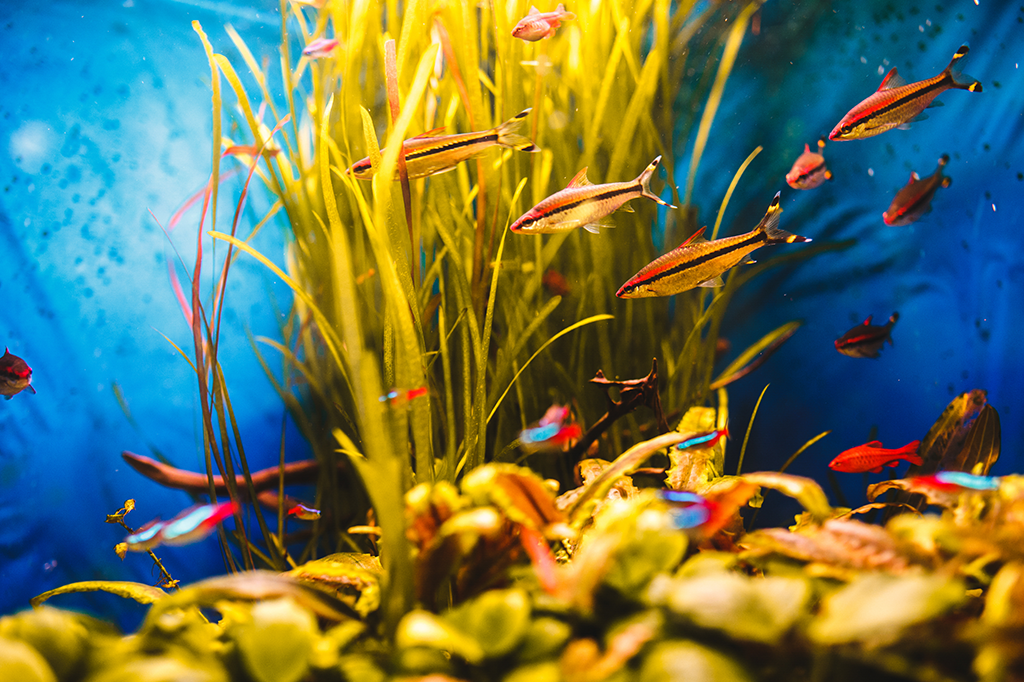
High Tech Aquascapes:
High tech aquascapes are optimized with a performance substrate designed to support plants, calculated lighting in terms of PAR or at least lumens, CO2 injection, and a knowledgeable fertilization routine that usually involves test kits. They often involve more equipment, such as CO2 injection systems, high-intensity lighting, and advanced filtration systems. High tech tanks usually require more maintenance, including regular trimming of fast-growing plants, frequent water changes, and careful monitoring of water parameters. These setups allow for a wider variety of plant species, including those that require high light and CO2 levels. Because of the extensive hardware set up, these types of aquascapes tend to be more expensive.
What is a Low Tech Aquascape?
A low tech aquascape, on the other hand, is an aquarium setup that doesn’t rely on high-intensity lighting or CO2 injection. These setups are ideal for beginners or hobbyists who prefer a more natural, low-maintenance approach to aquascaping. The plant species used in low tech tanks are typically hardier and can thrive in low CO2 conditions.
Low tech tanks can also be heavy maintenance, depending on the plant choices, but have little or no technology. Therefore, these set ups tend to be more budget friendly and great for beginners!
Best Plants for Low Tech Aquascapes
When choosing plants for a low tech aquascape, it’s important to select species that can thrive in low CO2 conditions. Here are some of the best options:
Cryptocoryne Species: Cryptocoryne, also known as crypts, are very tough plants that are tolerant of low CO2 conditions, making them suitable for non CO2 injected tanks1. They come in many colors and sizes, with Cryptocoryne parva being one of the smaller ones.

Becketti, Lutea ‘Hobbit’, Nevilli, Pigmaea, Crispatulata tonkinensis, Walkeri, Wendtii
Microsorum Pteropus (Java Fern): Java fern is one of the easiest aquarium plants to grow as it tolerates a wide range of water parameters and takes shading and crowding well. It can be placed in almost any position in the tank.

Anubias Species: Anubias are hardy plants that can thrive in low tech tanks. They are often used as epiphytes, attached to rocks or driftwood.
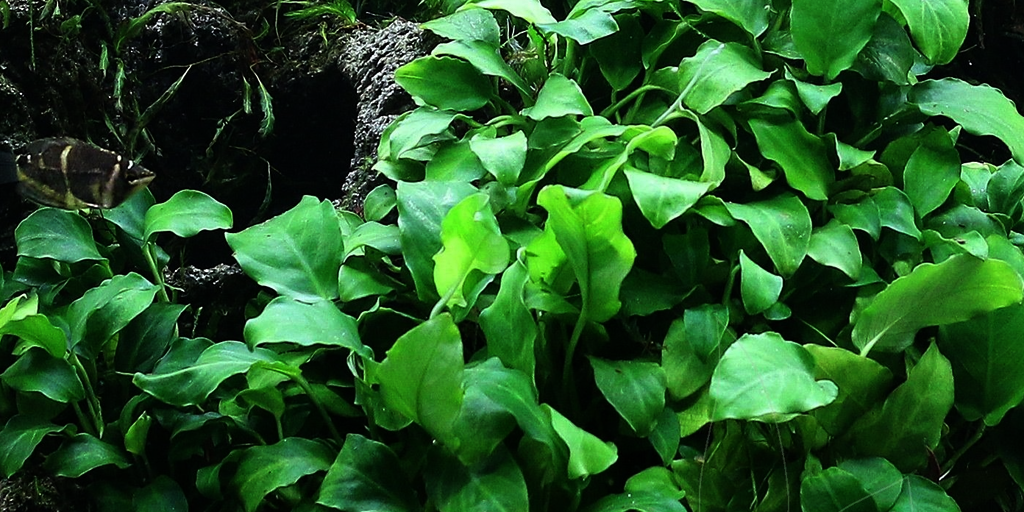
Amazon Swords: Amazon swords are robust plants that can do well in low tech tanks. They are often used as background plants due to their size.

Easy to put into your aquarium tank no hassle to tie up the plant.
Vallisneria Species: Vallisneria, also known as eelgrass, is a hardy plant that can thrive in low tech tanks. They are often used as background plants due to their tall, grass-like leaves.
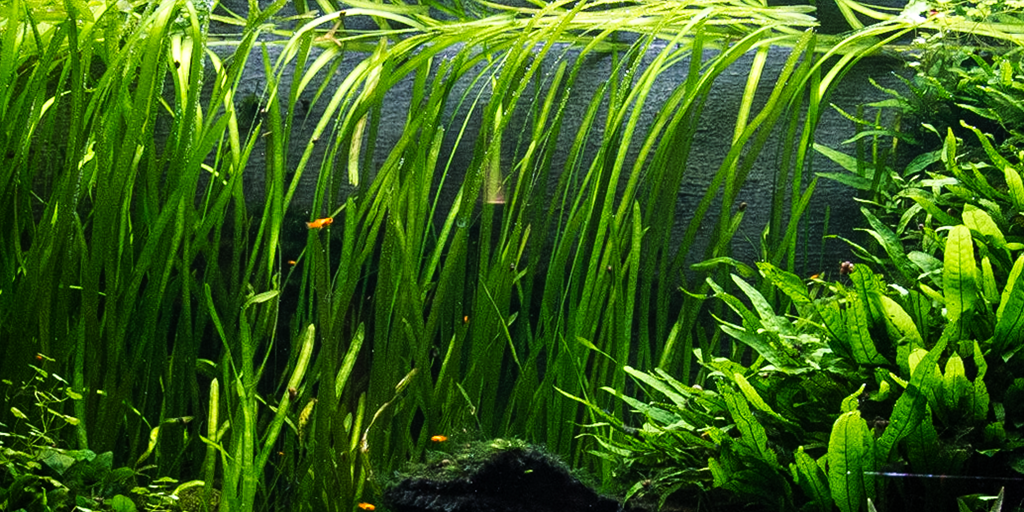
Hyrgophila Polysperma: Hygrophila polysperma is a beautiful plant with long narrow leaves that grow in pairs up the stem. It is one of the least demanding plants, making it an excellent option for beginners and low-tech tanks.

Staurogyne Repens: Staurogyne repens are one of the favorite carpeting plants for low-tech tanks. They grow in short, bushy-like shapes with short, broad leaves.

How to Approach Low Tech Aquascaping
Creating a low tech aquascape involves careful planning and patience. Here are some steps to guide you through the process:
Choose the Right Plants: As mentioned above, choose plants that can thrive in low CO2 conditions. Cryptocoryne and Java Fern are excellent choices.
Plan Your Layout: Consider the size, color, and growth pattern of your plants when planning your layout. Remember, some plants like Cryptocoryne spread by either underground runners or a thick root tuber.
Plant Carefully: Plant your chosen species in the substrate, ensuring they have enough space to grow. Some plants, like the Java Fern, can also be attached to rocks or driftwood.
Maintain Your Aquascape: Regular maintenance is key to a healthy aquascape. This includes monitoring water parameters, trimming plants, and removing any dead or dying foliage.
Remember, the beauty of a low tech aquascape lies in its simplicity and natural appearance. With the right plants and care, you can create a stunning underwater landscape without the need for CO2 injection.
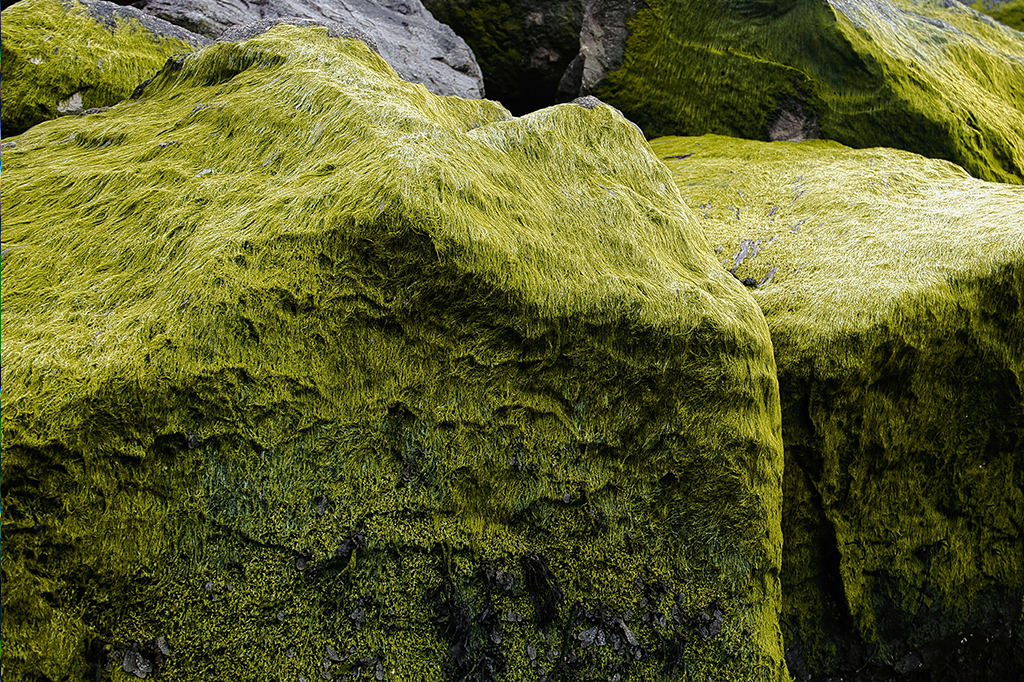

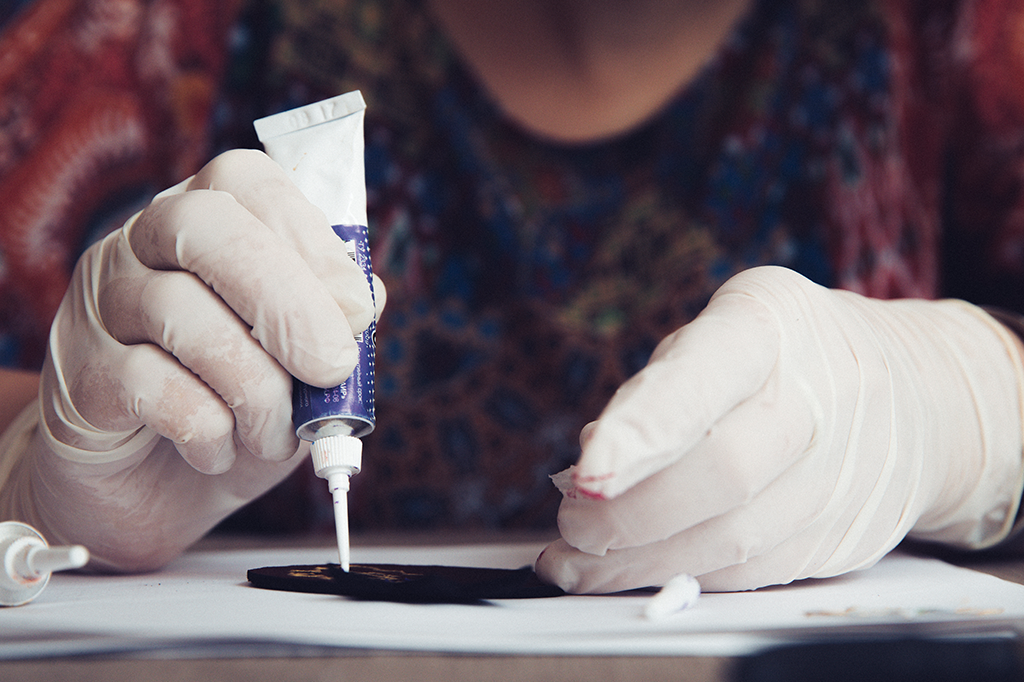
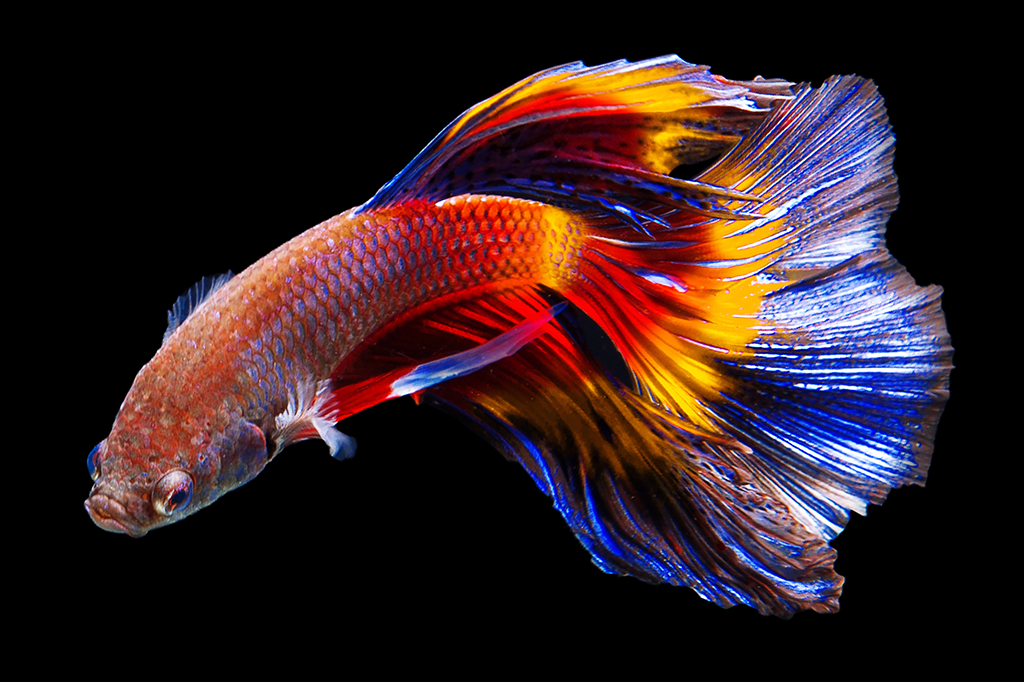
Leave a Reply